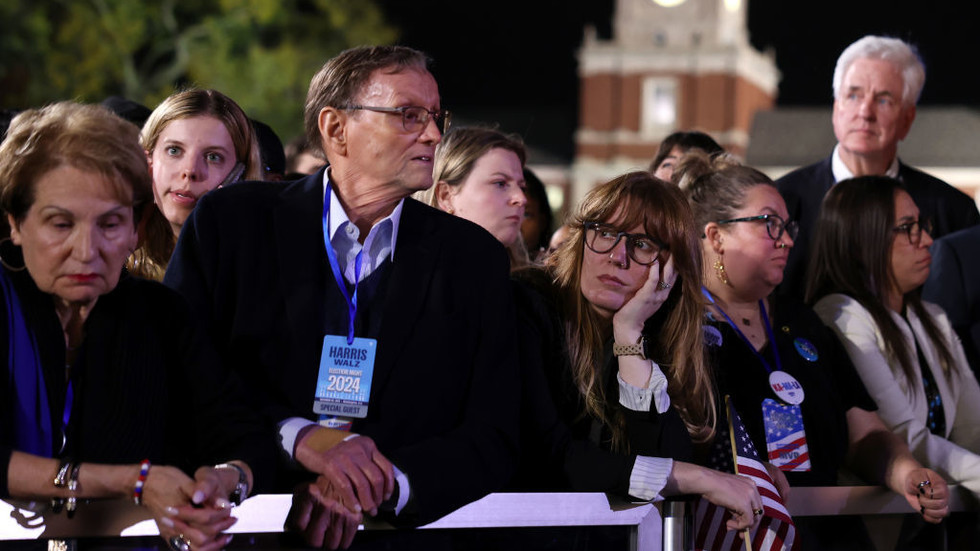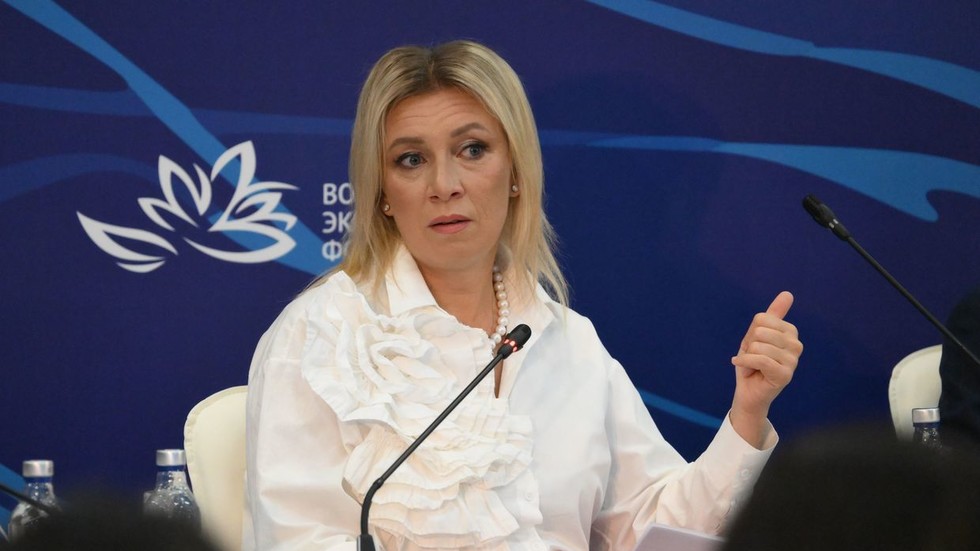Kim Ki Nam, a propaganda mastermind who helped forge the cult of personality for the family dynasty that has ruled North Korea since its founding in the Cold War, has died at the age of 94.
Kim, who had been in poor health for several years, died on Tuesday, the official Korean Central News Agency reported, saying he devoted his life to the “sacred struggle for defending and strengthening the ideological purity of our revolution.”
Read More: The Despotic Dynasty: A Family Tree of North Korea’s Kim Clan
The official biography released by KCNA said that Kim rose from the hardships of childhood to work at the Central Committee of the ruling Workers’ Party of Korea from 1956, earning the trust of state founder Kim Il Sung. He spent more than 60 years consolidating the ideological foundation of the party and helped train talent that would support the state, KCNA reported.
As one of the great powers behind the power, Kim played an essential role in shaping the country’s messaging as leadership transferred to Kim Jong Il, the son of the founder, and helped in the succession of current leader Kim Jong Un, the grandson.
“Kim Ki Nam was an elite career propagandist all his life, starting in the 1960s,” said Rachel Minyoung Lee, a senior fellow with the 38 North Program at the Stimson Center in the U.S.
“Kim Jong Un also trusted and relied on this propaganda veteran from his grandfather’s, and subsequently his father’s time, by keeping him in key propaganda positions for years before he retired from the propaganda scene in early 2019,” said Lee, who worked as an analyst for the CIA’s Open Source Enterprise for almost two decades.
Along with his role as the party secretary of the Information and Publicity Department — also known as the propaganda and agitation department — Kim Ki Nam was named the editor-in-chief of the state’s main newspaper, Rodong Sinmun, in 1976 and became chairman of the country’s journalist association, according to the North Korea Leadership Watch website.
Training ground
His leading role in the party’s propaganda apparatus and guidance over media gave him extraordinary power to direct the state’s messaging on a daily basis. He also helped install Kim Il Sung’s long-standing principle of self-reliance known as juche and Kim Jong Il’s military-first ideal known as songun.
The propaganda and agitation department has been a training ground for the Kim family dynasty. Kim Jong Il joined it before taking power, and Kim Yo Jong, the sister of the current leader who plays a key role in international messaging, has a prominent position in the group.
Kim Jong Il reappointed Kim Ki Nam as director of the department in May 2010, just months before Kim Jong Un made his official debut, which likely was aimed at helping to ensure a smooth transition of power, Lee said.
Read More: How to Stop Kim Jong Un
Perhaps the greatest measure of his influence is that North Korea is the only major family dynasty founded in the Cold War that has kept continuous power since the 1940s.
It has done so in part by shifting the focus of its messaging over the decades. North Korea initially promoted itself as more prosperous and better run than South Korea. But as its neighbor became far more wealthy and the Soviet Union, which had been Pyongyang’s main benefactor, collapsed in the early 1990s, the state promoted an image as protector of the Korean people.
It justified economic struggles as a necessary sacrifice to build a nuclear arsenal that could prevent a U.S. invasion, while blaming successive American presidents for using sanctions and financial coercion for stifling its growth. The U.S. and its partners have offered North Korea the chance to take part in thriving economies in the region by getting rid of its nuclear weapons program, which the West has blamed an unnecessary expense that has made the country one of the poorest in the world.
Deflecting blame
Field visits became a staple of state propaganda, showing the leader visiting farms, factories and construction projects. This helped deflect blame for economic mismanagement from the Kim family, which was portrayed as deeply concerned about the smallest details of the state, and shift fault to cadres who failed to carry out the orders of the leaders.
Kim Ki Nam has also made a mark overseas. He led a delegation to South Korea when former President Kim Dae-jung died in 2009 and met with then South Korean President Lee Myung-bak. Kim Dae-jung made a historic visit in 2000 to Pyongyang to meet Kim Jong Il, raising hopes the divided peninsula could reconcile.
Read More: Kim Jong Il’s Life: Myth, Mystery and Mayhem
The last mention in state media of a public appearance for Kim Ki Nam was in 2021, when he was on a platform of prominent officials watching a parade of paramilitary forces to mark the 73rd anniversary of the country’s founding.
This year, current leader Kim Jong Un has moved to strike the idea of peaceful reunification from the country’s constitution and taken down monuments set up by his father and grandfather dedicated to the concept of a unified peninsula. This has stoked concern the current leader may be girding for war — worries heightened by Kim Jong Un building up his nuclear arsenal and ignoring calls from the U.S. to return to the bargaining table.
Kim Jong Un paid his respects to Kim Ki Nam by visiting the funeral bier and felt “bitter grief over the loss of a veteran revolutionary who had remained boundlessly loyal to the cause of the WPK,” KCNA reported.
“Kim Ki Nam is considered one of the most important figures in North Korea propaganda,” said Cheong Seong-chang, a researcher at the Sejong Institute, said.

 6 months ago
26
6 months ago
26









